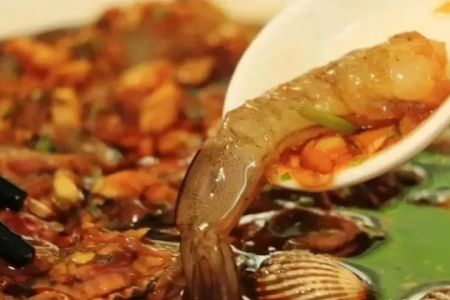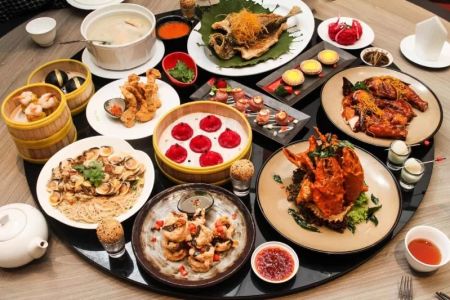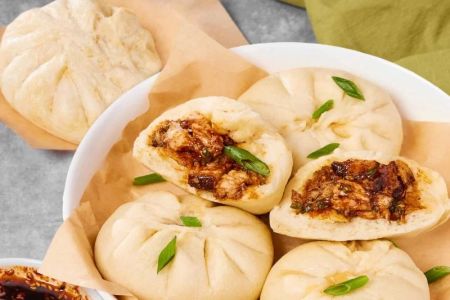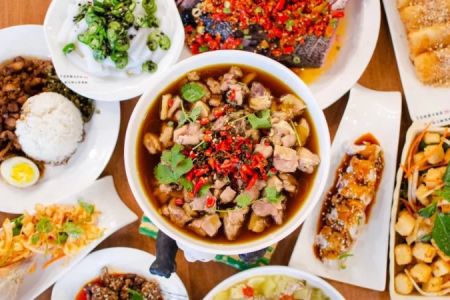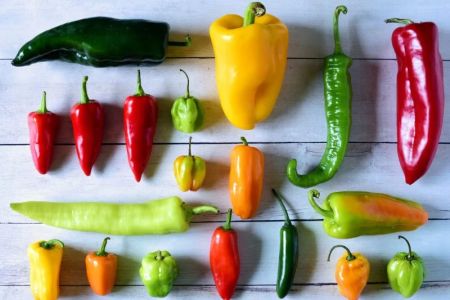- #origin-of-chinese-takeout-containers - historical-background - early-usage
- #design-evolution-and-functionality - materials - folding-techniques
- #symbolism-and-cultural-impact - americanization - pop-culture-references
- #modern-interpretations-and-sustainability - eco-friendly-shifts - creative-reuses
- #why-the-design-remains-iconic - practicality - emotional-connection
Origin of Chinese Takeout Containers
Historical Background
Chinese takeout containers, known for their distinctive folded paperboard shape and wire handle, have an intriguing origin that is more American than Chinese. These containers evolved from oyster pails used in the late 19th century for transporting shellfish. When Chinese restaurants began to flourish in the United States in the early 20th century, the same container style was adopted for food, thanks to its affordability, durability, and leak-resistant qualities.
Early Usage in American Chinese Cuisine
Initially, these containers were practical solutions for serving a growing takeout market. The folding design kept food warm, prevented spills, and allowed diners to reheat meals directly in the container. This convenience quickly made them a staple in American homes ordering chow mein, fried rice, and other Chinese favorites.
Design Evolution and Functionality
Materials and Structure
The iconic white paperboard construction often features a wax or plastic coating to prevent leaks. The unique origami-like folds allow for easy manufacturing while creating an almost airtight seal. The wire handle makes transport simple, though modern versions often skip the wire to improve microwave safety.
From Function to Aesthetic
Over time, the design incorporated visual elements such as the red pagoda illustration and “Thank You” messages. While these additions had no functional purpose, they became symbolic of Chinese food culture in America, adding charm and brand recognition to every order.
Symbolism and Cultural Impact
The Americanization of Chinese Cuisine
Though rarely used in China itself, the takeout container became a cultural icon in the U.S., symbolizing not just food but the entire Chinese-American dining experience. Films, TV shows, and advertising often use them as shorthand for a night of comfort food, urban living, or casual gatherings with friends.
Pop Culture and Beyond
From appearing in blockbuster movies to being reimagined in fashion and art, the container’s design has transcended its original function. It’s not unusual to see them in décor pieces, wedding favors, or even as storage boxes—proof of their enduring visual appeal.
Modern Interpretations and Sustainability
Eco-Friendly Shifts
As environmental awareness grows, manufacturers have started producing biodegradable and compostable versions of the classic design. These modern iterations retain the same folding style but use plant-based coatings instead of plastic, making them more eco-friendly without sacrificing function.
Creative Reuses
Beyond their intended use, people now repurpose Chinese takeout containers for crafts, gift packaging, and storage. This adaptability adds another layer to their iconic status, showing they’re as versatile as they are practical.
Why the Design Remains Iconic
Practicality Meets Emotion
The enduring popularity of Chinese takeout containers lies in their perfect balance of practicality and nostalgia. They’re easy to carry, compact for storage, and instantly recognizable. For many, opening one sparks memories of cozy nights in, celebrations, or late-night meals with friends.
Where to Find the Best
If you’re looking to explore authentic and high-quality Chinese food, visit Chinese Food for recommendations on restaurants, products, and experiences that honor both the tradition and evolution of these iconic containers. Just as the design has adapted over decades, so too has the cuisine it carries—offering fresh flavors while keeping a beloved tradition alive.


